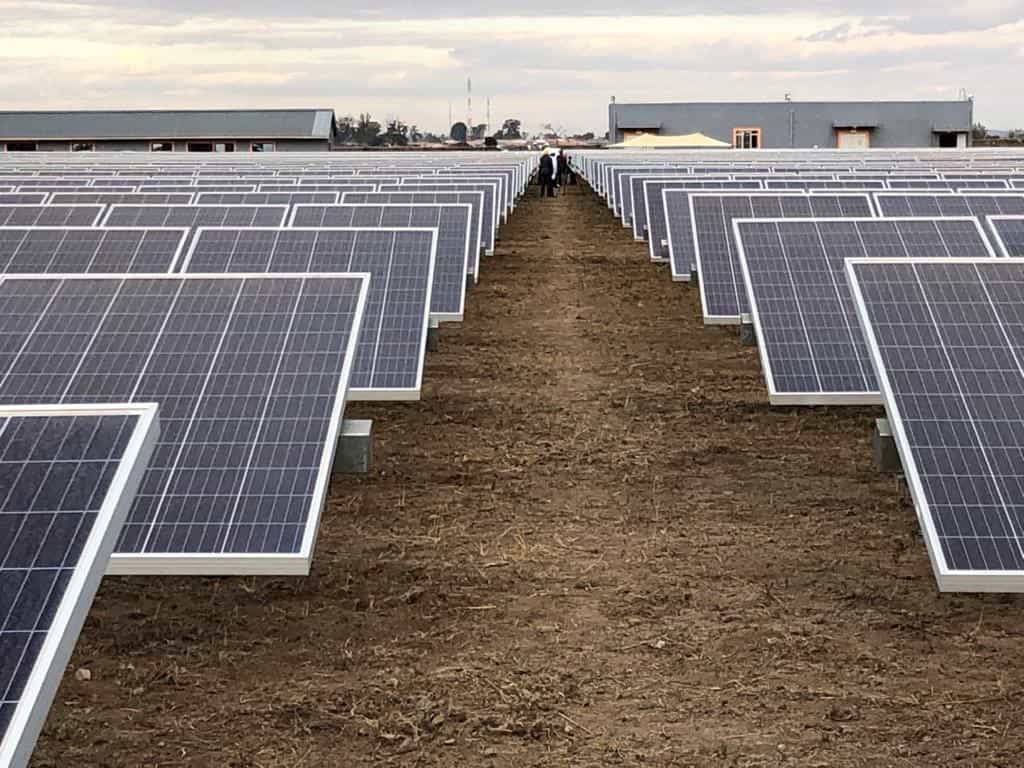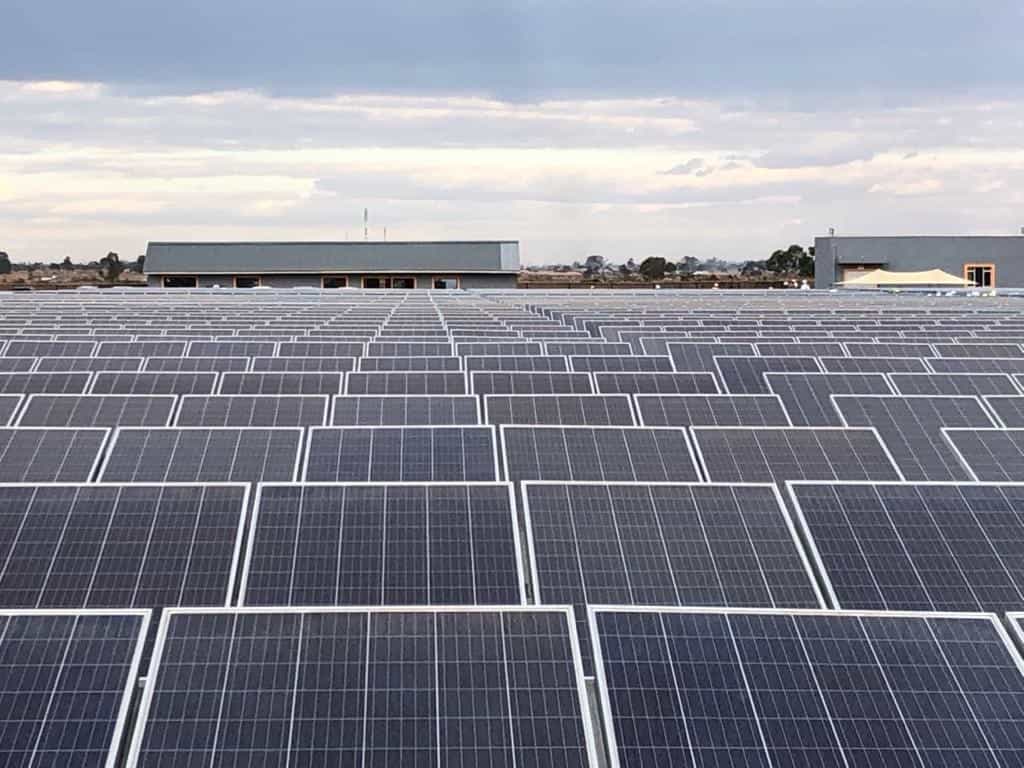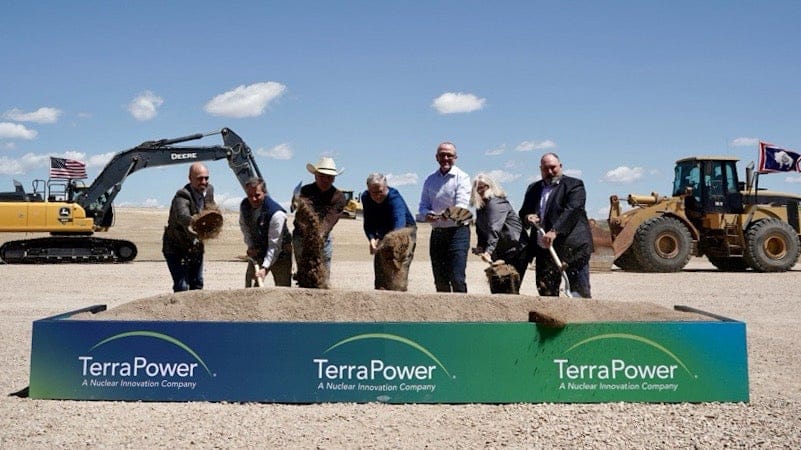
🇿🇼 Zimbabwe makes strides in harnessing green energy
55 solar power projects have been licensed across the Southern African country. When ready they will have an installed total capacity 1190.88 MW.
Share this story!
Over the years, Zimbabwe has been grappling with power shortages which were however being mitigated by power imports from neighbors such as South Africa to the south and Mozambique to the east.
To alleviate power shortages in the long run Zimbabwe crafted deliberate policies to incorporate Independent Power Producers (IPPs) in the provision of electricity in the country and adoption the of renewable energy in the power matrix. The renewable energy sources include solar energy and biogas.
Prior to the amendment around 2000, electricity generation was a preserve of the Government through the Zimbabwe Power Company.
In March this year, as part of measures to further promote investment in renewable energy in the country, National Renewable Energy Policy (NREP) and the Biofuels Policy of Zimbabwe (BPZ) were launched to guide the investment and production of clean energy alternatives in the country as well as achieving Sustainable Development Goal 7 that ensures affordable and sustainable energy for all.
To lure investment under the NREP, licensing timelines for prospective investor have been reduced from six months although there is no specification of how brief the timelines are.
Furthermore, Environmental Impact Assessment (EIA) for production of 5 MW and below had been relaxed while for the other categories, EIA timelines had been shortened.
All renewable energy projects have been granted National Project Status while incentives in the forms of tax holidays of 5 percent for the initial five years and 15 percent thereafter have been awarded.

According to the Zimbabwe Energy Regulatory Authority (ZERA) as of 30 September 2020, the authority had licensed a total 55 solar power projects across the Southern African country.
The licensed projects have an installed total capacity 1190.88 MW. Five of the licensed solar projects are already operational producing power the IPPs own use with excess energy being fed to the national grid.
A number of companies such as Matshela Energy, Harava Solar, and Centragrid are implementing their licensed projects to alleviate power shortages, which have impacted domestic and commercial power users.
Centragrid, which is based in Nyabira, about 40km from Zimbabwe’s capital city Harare, has started feeding 2.5MW into the national grid, which can provide power to 1,200 households. Harava Solar expects to commission its 20MW project next month.
The other projects are distributed as follows across the country; Manicaland (2), Mashonaland East (12), Masvingo (5), Mashonaland Central (1), Harare (4), Midlands (9), Matabeleland North (3), Matabeleland South (6), Bulawayo (2),Mashonaland West (11).
The Southern African country is targeting at least 1,575 megawatts of power from solar by 2030.
Energy is already a high priority in Zimbabwe, with Government intensifying efforts to boost power generation internally aiming electricity exports by the year 2023. The country requires as much as 2 200 MW at peak, but is currently generating an average of 1 200 MW per day.
🗳 Since democracy is crucial in a fact-based optimistic world... we remind our readers of the democratic status of the countries we write about:
Zimbabwe has a Global Freedom Score of 29 and has the status Partly Free.
By becoming a premium supporter, you help in the creation and sharing of fact-based optimistic news all over the world.


